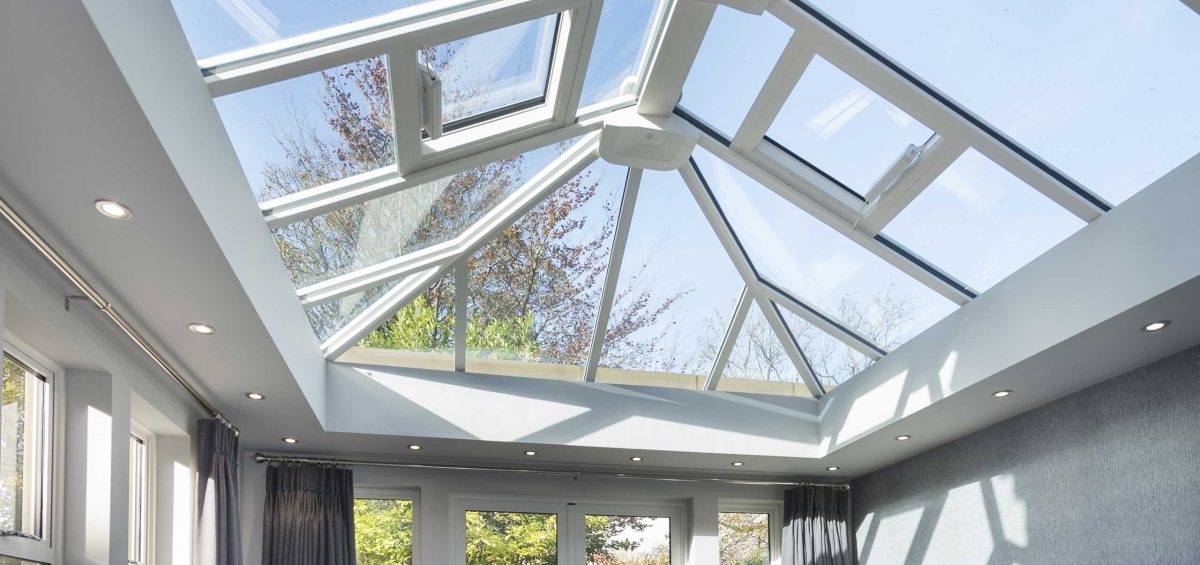Nobody tells you about the glass when you’re shopping for a conservatory.
They’ll spend hours showing you frame options, handle styles, and roof designs. But the glass – which makes up about 80% of the structure – gets maybe five minutes of discussion.
“Double glazed, argon filled, A-rated” they say, as if that tells you anything useful.
Here’s what they don’t mention: the difference between basic and quality glass can mean spending summers in your new conservatory versus avoiding it from May through September.
It can mean comfortable morning coffee versus condensation dripping onto your furniture. It affects whether that £30,000 investment becomes your favorite room or your biggest regret.
Professional glaziers in Hertfordshire like Andrews Glass know these differences matter.
But unless homeowners ask the right questions, they might never learn about options that could transform their conservatory experience.
Understanding What Makes Glass Different
Not all double glazing performs equally. Two units that look identical can vary dramatically in how they handle heat, light, and sound.
The differences hide in microscopic coatings, gas fills that slowly leak away, and spacer bars that conduct heat straight through your expensive insulation.
Modern solar control glass uses metal oxide coatings thinner than a human hair.
These coatings reflect heat while letting light through – like having permanent shade that you can still see through perfectly.
The technology has improved dramatically. Early versions had a noticeable tint or mirror finish. Today’s coatings are virtually invisible while blocking up to 80% of heat.
Low-emissivity coatings work differently. They reflect heat back to its source – outside in summer, inside in winter. Combined with proper spacer bars and inert gas fills, these create an insulation barrier that rivals solid walls. The catch? If any component fails, performance drops dramatically.
Real Numbers That Matter
Consider a typical 4×5 meter conservatory. With standard glass, summer temperatures can hit 40°C by noon.
Air conditioning costs average £200-300 monthly during warm weather. Winter heating adds another £150-200. That’s £2,000-3,000 annually just to maintain usable temperatures.
Quality glass changes everything. Solar control units keep summer temperatures within 2-3 degrees of the main house.
Low-E coatings reduce winter heat loss by 75%. Combined annual energy costs typically drop to £600-800. The £4,000-6,000 upgrade pays for itself within three years, then saves money for decades.
But the real value isn’t financial. It’s using your conservatory year-round instead of abandoning it for months.
It’s furniture that doesn’t fade, plants that don’t wilt, and guests who actually want to sit in the space you’ve created.
Common Mistakes That Cost Thousands
Trusting “argon-filled” claims without verification.
Argon improves insulation by about 5% – if it stays put. Poor seals let it escape within years, leaving you with expensive air-filled units. Quality manufacturers use better seals and provide long-term gas retention warranties.
Choosing tinted glass for heat control.
Tinting reduces light along with heat, creating gloomy spaces that need artificial lighting. Modern solar coatings block heat while maintaining clarity – a completely different technology despite similar goals.
Ignoring acoustic properties.
Standard double glazing barely reduces noise. Acoustic glass uses different thickness panes and special interlayers to cut sound transmission by 75%. The difference transforms conservatories near roads or in flight paths.
Accepting standard sizes without question.
Larger panes mean fewer frames and more light. But they also mean more expensive replacements if damage occurs. The sweet spot balances aesthetics, performance, and practicality.
Technology Worth Considering
Self-cleaning glass sounds gimmicky but proves genuinely useful. A titanium dioxide coating breaks down organic dirt while making water sheet off instead of beading. Windows stay cleaner longer, though bird droppings and heavy soiling still need manual removal.
Integrated blinds sealed between glass panes eliminate dust, damage, and the visual clutter of traditional window coverings. They’re particularly valuable in hard-to-reach roof glazing where external blinds would require professional cleaning.
Smart glass that changes tint electronically makes headlines but rarely makes sense residentially. The technology costs 10-20 times more than conventional options while requiring electrical connections and control systems. Thermochromic glass that tints automatically with temperature offers similar benefits at lower cost, though it’s still premium-priced.
Making Informed Decisions
- Start by defining how you’ll use the space. Home offices need consistent temperature control and glare reduction. Dining areas benefit from acoustic insulation. Plant rooms require balanced UV transmission. Each use suggests different glass specifications.
- Request technical data sheets for any glass quote. Key numbers include U-values (insulation), g-values (solar heat gain), and light transmission percentages. Compare these between quotes – price differences often reflect performance variations.
- Visit completed installations before committing. Showroom conditions don’t replicate real-world performance. Feel the glass temperature on sunny days. Check for condensation patterns. Listen to external noise levels. Ask owners about their energy bills and comfort levels through different seasons.
- Consider future maintenance. Some coatings degrade over time. Others last the lifetime of the unit. Factor replacement costs into your decision – saving £2,000 now means little if you’re reglazing in ten years.
The Long-Term Perspective
Glass technology continues advancing.
Triple glazing becomes thinner and lighter.
Vacuum glazing promises incredible insulation in minimal thickness. Photovoltaic glass generates electricity while providing shade.
But waiting for the next breakthrough means missing years of comfort with current technology.
Quality glass units typically last 20-25 years.
Over that lifespan, energy savings alone often exceed the upgrade cost. Add improved comfort, reduced maintenance, and protected furnishings, and the investment case becomes compelling.
The choice ultimately reflects priorities.
Basic glass meets regulations and keeps rain out. Quality glass creates spaces people actually want to use.
For most homeowners planning to stay long-term, the difference justifies the investment.
For those viewing conservatories as genuine living spaces rather than glorified storage, it’s not really a choice at all.

